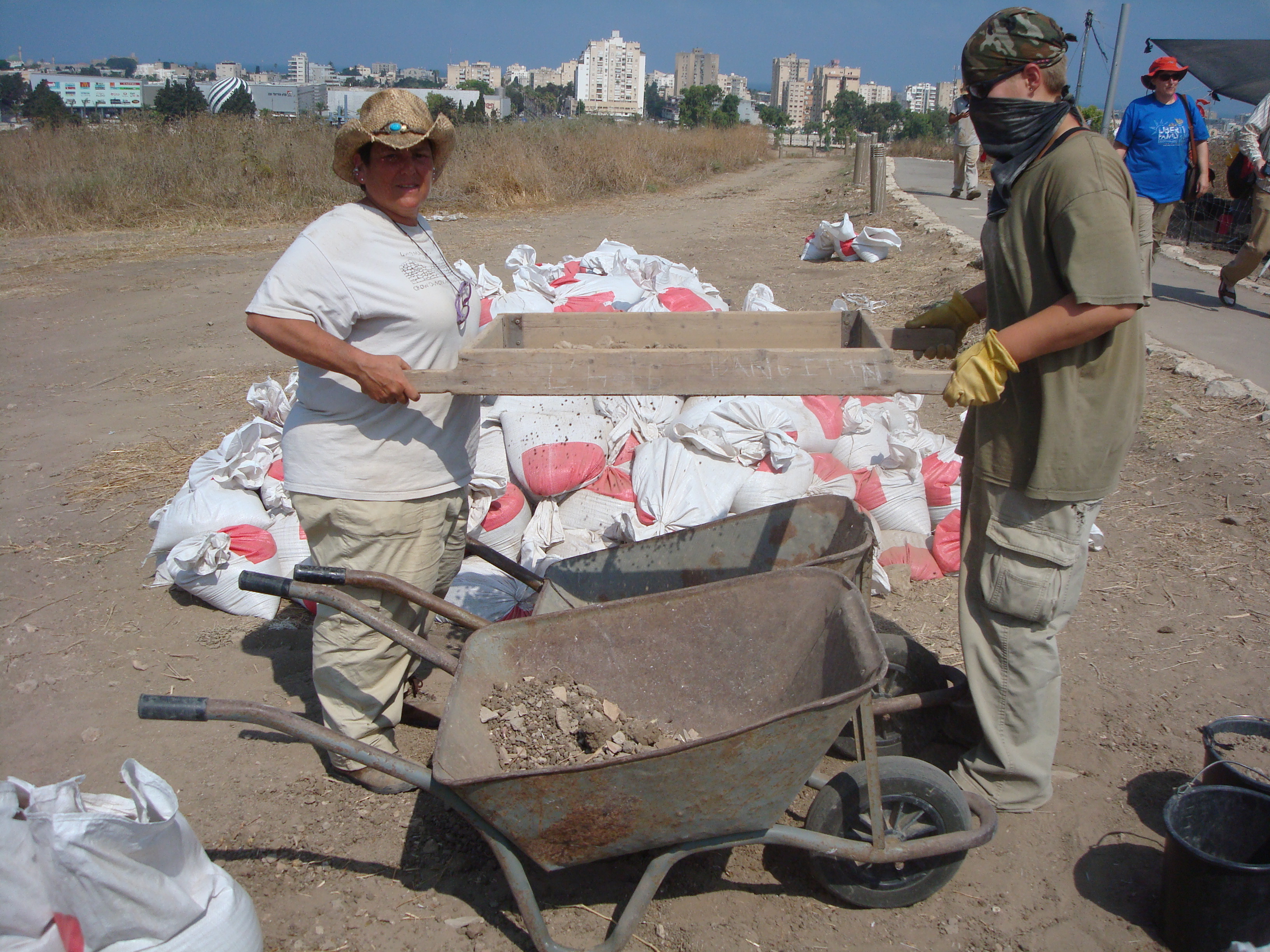The city of Akko is on a peninsula surrounded by water. Situated at the northern most point of greater Haifa Harbor, the Mediterranean surrounds the Old and New cities.
Maritime endeavors have always been important to the inhabitants of Akko, which was a Phoenician city during the Iron Age, and we all learned in grade school, or should have, that the Phoenicians were the sailors and traders of the Mediterranean Sea.
Interestingly, I’m surrounded by archaeologists who are totally interested in the Iron Age and they all agree, very little is actually known about the Phoenicians. Looking at the Phoenicians is one of the objectives of the Total Archaeology @ Tel Akko project and while digging on the tel can tell us how they lived on land, exploring under the harbor might provide a clue as to how they lived on water.
Akko harbor is certainly known from Crusader history and during the Hellenistic period, the city was renamed Ptolomais and the harbor was very important. Alexander the Great entered through Ptolomais on his way further east.
Hence the mermaid reference. Supposedly, there is a female mermaid-like entity that appears near the Tower of Flies and asks, “Has he returned yet.” She is supposedly asking after Alexander.
And the Tower of Flies, that too has a story. When the Crusaders came to Akko or St. Jean d’ Acre, they thought they had reached Ekron, where one of the major deities was Ba’al Zevuv – Lord of the Flies (I kid you not). Since the tower already existed and apparently garbage was dumped there frequently, the Crusaders named it the Tower of Flies.
But to the harbor. Centuries of sediment deposition from the small river that flows into the Mediterranean near Akko and natural ocean processes have undoubtedly changed the shoreline, covered evidence and filled in any number of harbor manifestations. The only way to find the Phoenician harbor is to dig — underwater.
Total Archaeology@Tel Akko includes an underwater archaeology component and while they haven’t yet found the Phoenician harbor, they are bringing up some interesting results.



